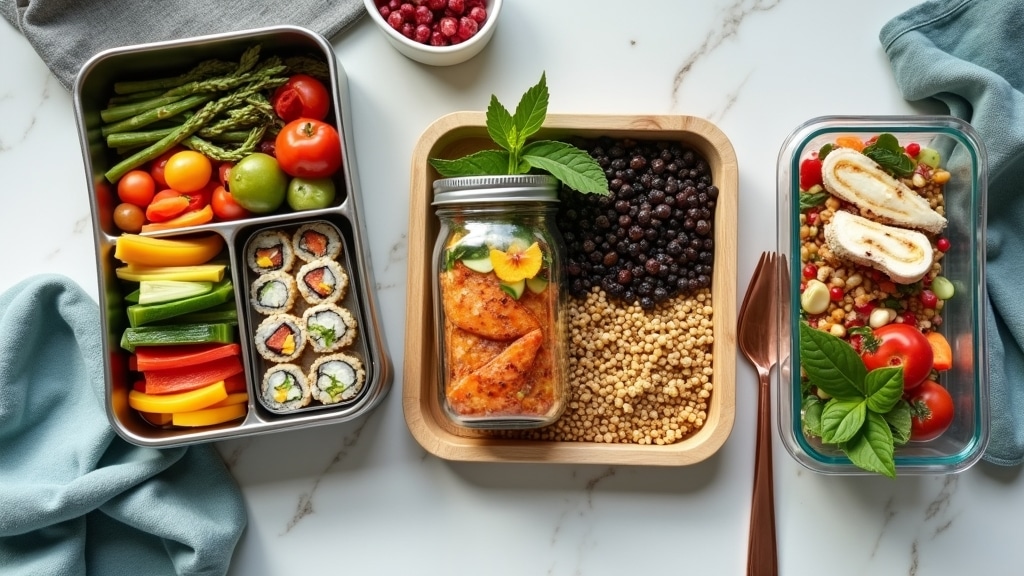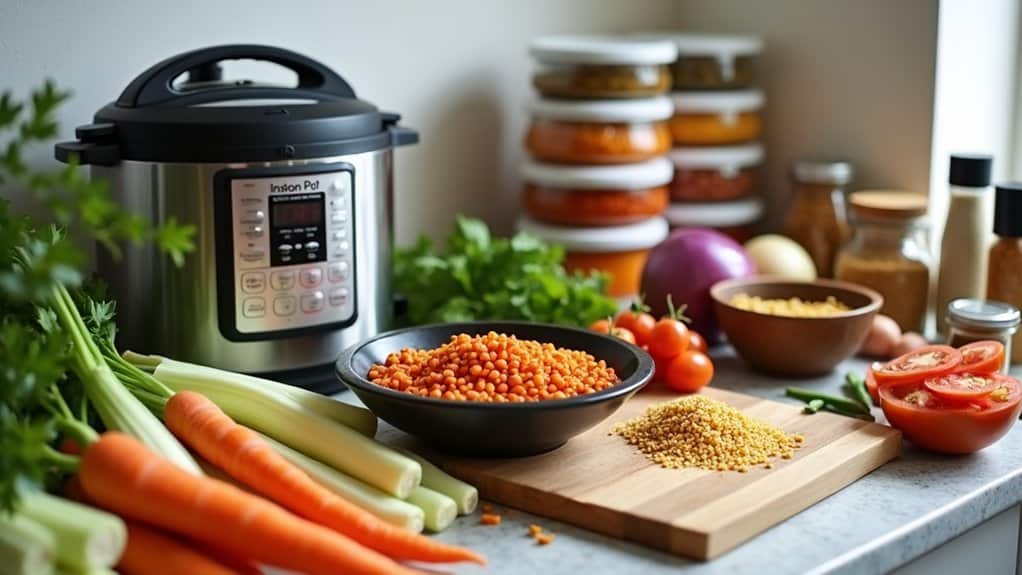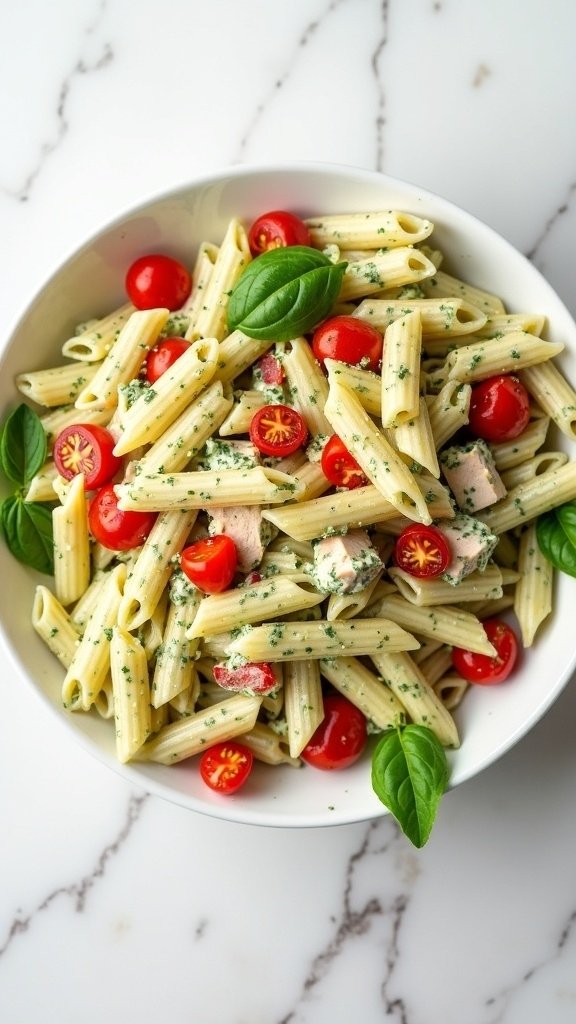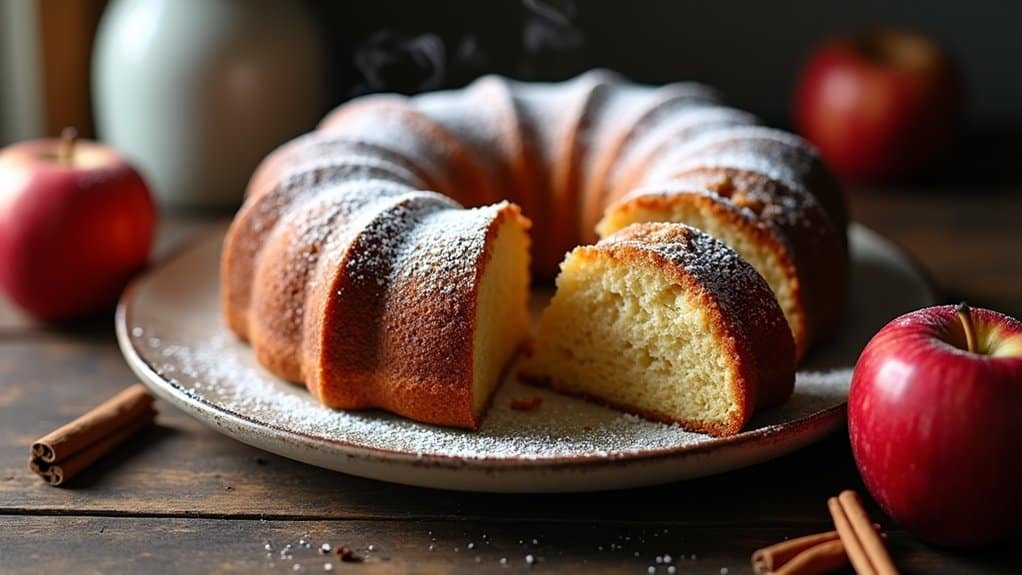Sushi often calls to mind artful rolls, fresh fish, and a wide range of flavors that delight the palate. For individuals living with diabetes—or anyone watching carbohydrate intake—it can feel tricky to navigate the sushi scene. The good news? With some planning, sushi can easily fit a low-glycemic, diabetic-friendly approach. From ditching traditional white rice to choosing smart dipping sauces, there are plenty of ways to enjoy sushi without sending blood sugar on a roller coaster ride. This guide covers useful tips, ingredient swaps, and everything you need to keep sushi in your meal plan.
How to Make Low-Glycemic Sushi at Home: The Joy of Sushi with Diabetes
Many people think diabetes and sushi don’t mix, but that’s far from the truth. Eating sushi can be managed with proper portion control and by choosing healthier ingredients, which is especially important for individuals with diabetes to maintain steady blood sugar levels. Sushi is more than a carb-heavy rice roll—it combines fish or veggies, seaweed, and a burst of flavor from sauces and spices.
- Carb Control: Since rice is the star ingredient in most rolls, the main focus is to reduce or modify this carb source. Substitutions such as cauliflower rice, quinoa, or even skipping rice altogether can do wonders for keeping blood sugar levels steady.
- Protein Power: Fish—especially salmon, mackerel, and sardines—brings healthy protein and omega-3 fatty acids. These nutrients support heart health, help with inflammation, and may improve insulin sensitivity.
- Veggie Variety: Vegetables add fiber and nutrients, from avocado to cucumber to leafy greens. This helps keep you full while contributing fewer carbs than traditional white rice.
- Savvy Sauces: Soy sauce is known for its high sodium content, which isn’t great for blood pressure. Low-sodium soy sauce, tamari, or coconut aminos can deliver that classic savory flavor without a sodium spike.
Understanding Sushi and Diabetes
What is Sushi, and How is it Made?
Sushi is a beloved traditional Japanese dish that combines small pieces of raw fish, vinegared rice, and dried seaweed called nori. The rice, known as sushi rice, is prepared with rice vinegar, salt, and often a touch of sugar to give it that distinctive tangy-sweet flavor. While sushi is delicious, its high-carb content can be a challenge for people with diabetes. But don’t worry—with some knowledge and thoughtful planning, you can still enjoy sushi while keeping your blood sugar levels in check. Sushi can remain a delightful part of your diet by making intelligent choices about ingredients and portions.
Is Sushi Healthy?
Sushi can be a healthy option for people with diabetes, thanks to its combination of lean proteins, healthy fats, and vitamin-rich vegetables. Fish and shellfish used in sushi are packed with omega-3 fatty acids, which are excellent for heart health. The vegetables add fiber, vitamins, and minerals, making each bite nutritious. The dried seaweed wrapping Nori is a good source of iron, calcium, and vitamin A. Wasabi, often served with sushi, has anti-inflammatory properties. However, it’s essential to be cautious with raw fish, as it can sometimes harbor bacteria, parasites, or viruses. Pregnant women, children, older adults, and those with weakened immune systems should consider opting for cooked fish or vegetarian sushi to avoid these risks.
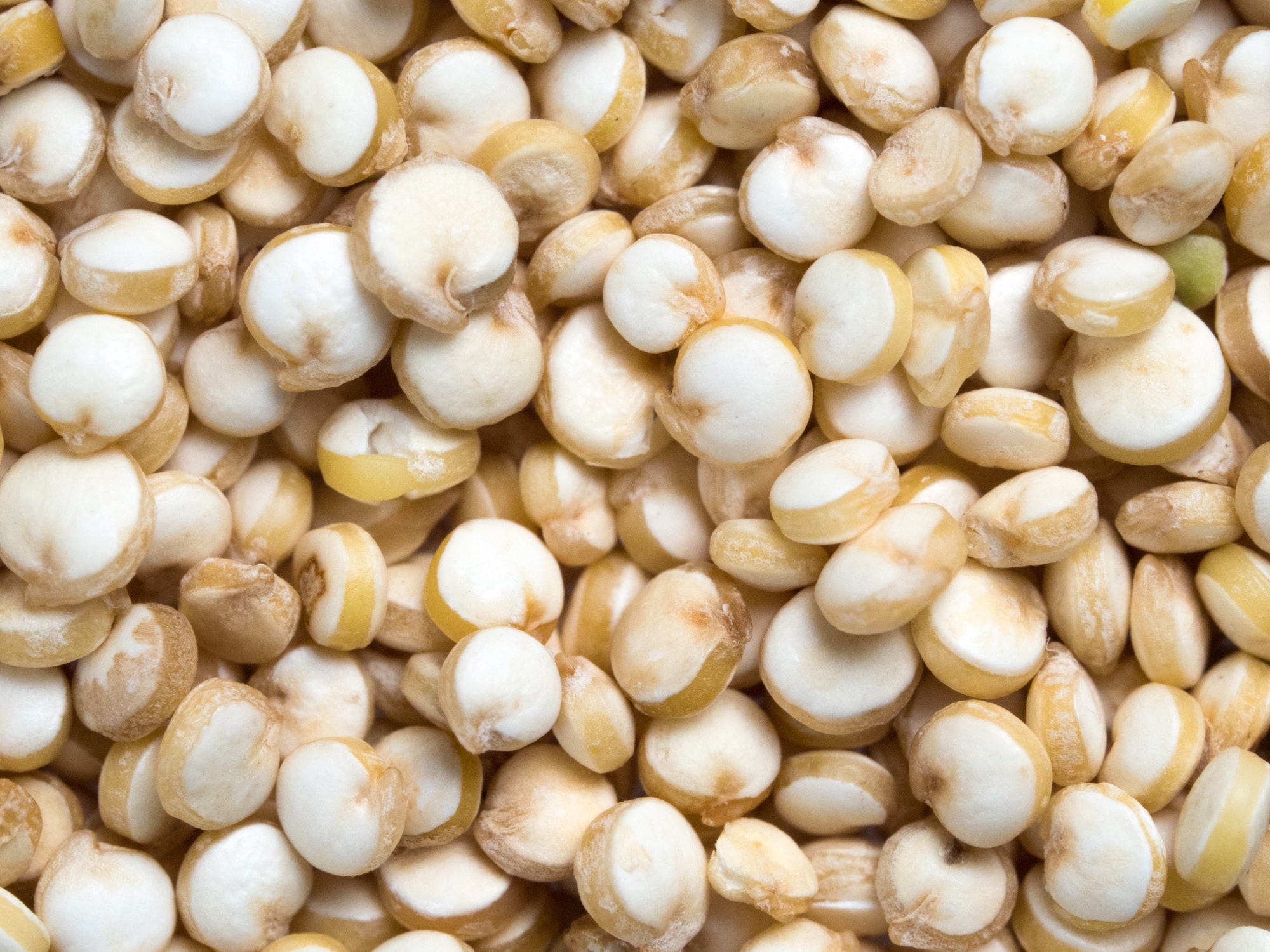
Smart Sushi Swaps and Substitutions
Rethinking the Sushi Rice
- Cauliflower Rice: This alternative has taken the culinary world by storm. It provides the texture of rice without the carb load. Plus, cauliflower is mild enough not to overshadow the fish and veggies you’re using.
- Quinoa: Quinoa’s nutty taste complements sashimi, vegetables, and traditional sushi fillings. It has more protein than white rice and a lower glycemic impact, making it a handy pick if you still want some grain in the mix.
- Brown or Wild Rice: While still a source of carbs, brown and wild rice have more fiber and a lower glycemic index than white rice. Aim for smaller portions and pair them with protein and veggies if you’re set on having “real” rice in your rolls.
- No Rice at All: If you’re fine skipping grains entirely, consider sashimi, cucumber-wrapped rolls, or “naked rolls.” These options give you all the sushi flavors you crave without the carb-heavy base.
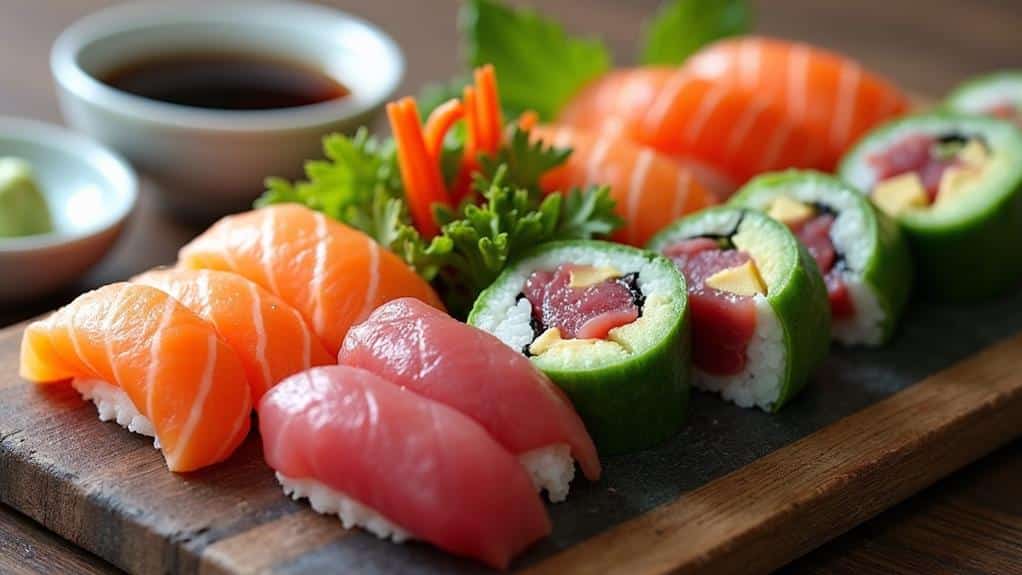
Tasty Wrappers
- Nori: Traditional dried seaweed can be part of a diabetes-friendly roll thanks to its minerals and fiber. It’s tasty, low in carbs, and easy to work with.
- Cucumber: Thinly sliced cucumber can replace nori or rice in a roll. It’s fresh and crunchy, adding a pleasant lightness to each bite.
- Lettuce or Collard Greens: Large, sturdy leaves can hold fillings without needing rice or seaweed. This method works well for those who prefer raw vegetables or want to mix up textures.
Fillings That Make a Difference
- Fish Selections: Salmon and tuna are known for their omega-3 content, but other fish like mackerel and sardines also provide these “good fats.” Omega-3 fatty acids are a favorite among dietitians for heart health and possible improvements in insulin sensitivity.
- Veggie Heroes: Avocado, cucumber, carrots, bell peppers, and leafy greens provide satisfying crunch, vitamins, and fiber. These lower the overall carb impact of each bite.
- Lean Proteins: Don’t sleep on shrimp, crab (or imitation crab sticks, if you prefer), and tofu. They bring protein to your roll and balance out the meal.
- Popular Ingredients: Smoked salmon and cream cheese are popular ingredients in sushi rolls like the Philadelphia roll. These ingredients contribute to a higher fat and calorie content than traditional sushi varieties but offer a unique flavor profile and nutritional benefits.
Sauces and Seasonings
- Low-Sodium Soy Sauce or Tamari: Both can cut down on sodium. These are worth a try if you’re managing high blood pressure or just watching salt intake.
- Coconut Aminos: This sauce from fermented coconut sap has a slightly sweeter taste. It’s often lower in sodium and a favorite among people looking for soy-free options.
- Wasabi and Ginger: Wasabi provides a spicy kick without loading on the carbs, and pickled ginger helps cleanse your palate between bites. Neither has a significant effect on blood sugar.
- Sugar-Free Blends: If you like to make your own sauces, consider a wasabi-ginger blend sweetened with a sugar substitute or a garlic-soy combo using low-sodium soy sauce.
- Miso Soup: Miso soup is a healthy starter that complements sushi meals. It offers digestive benefits due to its probiotic properties and helps manage blood sugar levels, making it a great non-starchy option for a balanced meal.

Nutrition and Carb Counting
Carb Content of Sushi Rice and Rolls
Sushi rice is delicious but high in carbs, which is something to be mindful of. A single cup of sushi rice contains about 36.5 grams of total carbs and 34.8 grams of net carbs. For example, a 6-piece tuna roll with rice and raw tuna has around 27.5 grams of total carbs and 26.2 grams of net carbs. Even a piece of a tuna roll contains 4.6 grams of total carbs and 4.4 grams of net carbs. California rolls, another popular choice, are also high in carbs. A 6-piece California roll contains approximately 33.1 grams of total carbs and 31.3 grams of net carbs, each with about 5.5 grams of total carbs and 5.2 grams of net carbs.
When dining at a sushi restaurant, it’s essential to be mindful of these carb counts. Opting for brown rice instead of white rice can help reduce carb intake, as brown rice contains fiber that slows glucose uptake. Choosing sashimi or nigiri sushi, which do not include rice, can also help keep carb intake in check. Additionally, asking for low-sodium soy sauce and avoiding sauces high in sugar and fat can make your sushi meal healthier. Making smart choices allows you to enjoy sushi without compromising your blood sugar management.
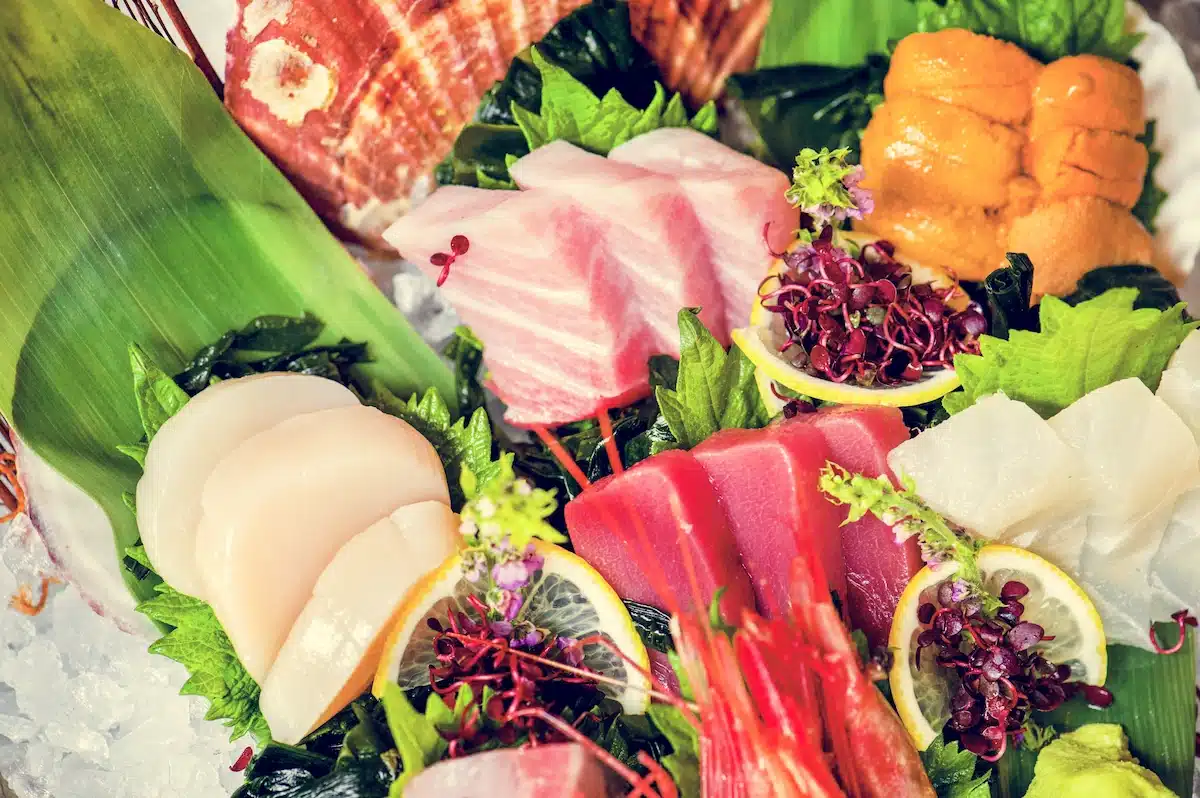
Top Low-Carb Sushi Choices
1. Sashimi Platters
Sashimi is the gold standard for anyone minding carbs. Thin slices of fresh fish contain protein and healthy fats while sidestepping rice altogether. Pair sashimi with a seaweed salad for a complete, low-carb, nutrient-packed meal.
2. Naked Rolls
A “naked roll” ditches rice and serves the fish and veggies in a bundle, often tied with a strip of cucumber or nori. You get the classic sushi flavors without a carb-heavy center.
3. Cucumber-Wrapped Sushi
When you replace traditional rice and nori with thin cucumber slices, you get something bright, crisp, and super low in carbs. It’s a refreshing option, perfect for summer days.
4. Cauliflower Rice Sushi Rolls
Cauliflower rice can be steamed or lightly sautéed before rolling. It adds enough body to hold the roll together while cutting down on net carbs. The taste is mild, so the fish and veggies still stand out.
5. Avocado Boats
Slice an avocado in half, remove the pit, and fill the cavity with shredded crab, salmon, or your favorite lean protein. Top with a dash of low-sodium soy sauce or tamari. It’s all the desired sushi flavors packaged in a healthy fat source.
Sushi rolls and sashimi are another excellent low-carb option, as sashimi consists solely of fish and contains no carbohydrates.
Sushi at Home: DIY Kits and Techniques
Making sushi at home is a fun project that puts you in total control of ingredients, portions, and flavors. No hidden sugars or guesswork about what’s in your roll. Making sushi rolls at home allows you to control the ingredients and portions, like dining at sushi restaurants.
- Bamboo Mat: A bamboo rolling mat (makisu) helps create tight rolls. Place a sheet of nori on the mat, spread your chosen rice alternative, and add fish or veggies in a line. Then, gently roll it up while applying even pressure. Slice into individual pieces with a sharp knife.
- Deconstructed Sushi Bowls: If rolling feels intimidating, try a sushi bowl. Layer cauliflower rice or quinoa, top with fish, veggies, a drizzle of low-sodium sauce, and maybe some sesame seeds. It tastes like sushi but with none of the rolling effort.
- Hand Rolls (Temaki): Cone-shaped hand rolls are quick to make and can be done in small batches. Scoop some cauliflower rice or other fillings onto a half sheet of nori, add fish or veggies, and wrap it into a cone shape. This style feels like a sushi taco and is perfect for dinner parties.
- Spoon Presentations: Some people serve sushi-inspired bites in Chinese soup spoons. It’s a great way to highlight different textures: a little cauliflower rice, a slice of salmon, and maybe a sliver of avocado on top, all in one tidy spoon.
Sushi restaurants offer a variety of dishes and modifications for those seeking healthier choices.
Managing Diabetes While Satisfying Sushi Cravings
Essential Points for Dining Out
- Portion Awareness: Rolls can be huge, with much more rice than expected. Sushi rolls can vary in ingredients and sizes, which affects their carbohydrate levels, so it’s essential to be mindful of what is included in the rolls. Ask the sushi chef if they can prepare rolls with half the usual rice or for sashimi and a side salad.
- Ask About Ingredients: Don’t hesitate to quiz the staff on sauces, sweeteners, or hidden ingredients. Some restaurants add sugar or sweet rice vinegar to the rice for flavor.
- Low-Sodium Sauces: Bring your preferred low-sodium soy sauce if the restaurant doesn’t offer it. Plenty of sushi spots are used to requests for tamari, coconut aminos, or a low-sodium option.
Diabetic-Friendly Toppings and Low-Sodium Soy Sauce Avoidances
- Avoid Tempura: Fried items can add extra carbs and fats, making it harder to keep blood sugar in check. If you want a crispy element, see if the restaurant offers a grilled alternative or consider having tempura in moderation.
- Steer Clear of Sweet Sauces: Eel sauce and certain teriyaki glazes can be high in sugar. Try wasabi, pickled ginger, or a sprinkle of sesame seeds for flavor instead.
Balancing Alcohol and Sushi
- Sake and Blood Sugar: Sake is a traditional rice wine with a higher carb content than most wines. Small servings and consistent blood sugar monitoring are key if you choose to indulge.
- Low-Carb Alternatives: If you’re craving a beverage that isn’t water, go for sparkling water or unsweetened iced tea to keep carbs down.
Considering Gestational Diabetes
- Safe Practices: Pregnant individuals with gestational diabetes should talk to their healthcare provider about sushi. Raw fish might pose certain risks, and controlling blood sugar is extra important during pregnancy.
- Cooked Options: Shrimp, crab, or eel rolls (made with cooked fillings) can be friendlier for pregnancy. Keeping a close eye on portions and sauces helps keep blood sugar and baby’s health on track.
Key Takeaways
- Keep Carbs in Check: Swap out white rice for cauliflower rice, quinoa, or cucumber wraps, or go with sashimi.
- Focus on Omega-3: Salmon, tuna, and other fatty fish bring healthy fats that may improve insulin sensitivity.
- Experiment with Sauces: Low-sodium soy sauce, tamari, coconut aminos, and sugar-free blends keep flavor high without pushing sodium or sugar limits.
- Take Control at Home: DIY sushi kits let you manage portions and ingredients, giving you the creative freedom to build truly low-carb rolls.
- Ask Questions When Dining Out: Knowledge truly is power. Don’t be shy about asking your sushi chef to reduce rice or skip certain sauces.
Frequently Asked Questions
Can People With Diabetes Eat Sushi Rolls With Rice?
You can enjoy sushi rolls with rice, but watch your portions. For more freedom, try low-carb sushi options. Swap traditional rice for sushi rice alternatives like cauliflower or konjac rice. It’s all about making wise choices!
Are There Any Sushi Toppings Diabetics Should Avoid?
You’ll want to watch out for sushi toppings with high carbohydrate content. Avoid sweet sauces, tempura, and cream cheese. Instead, opt for fresh fish, avocado, and cucumber. You’re free to enjoy sushi. Just be mindful of your choices.
How Does Wasabi Affect Blood Sugar Levels?
Wasabi won’t spike your blood sugar, and it’s got some health benefits, too. Try alternatives like ginger or horseradish if you’re not into its kick. You’re free to experiment and find what works for your taste buds.
Is Sushi Safe for Pregnant Women With Gestational Diabetes?
Like maneuvering through a maze, eating sushi during pregnancy with gestational diabetes requires caution. You’ll want to focus on sushi ingredients and practice portion control. Choose wisely, and you can still enjoy this culinary freedom in moderation.
Can Diabetics Drink Sake or Other Alcoholic Beverages With Sushi?
You can enjoy sake or other drinks with sushi, but practice moderation. Consider alternative beverages like green tea or sparkling water. If you do drink alcohol, limit your intake and monitor your blood sugar closely. It’s your choice!
Wrapping It Up
Sushi fans with diabetes don’t have to feel left out. With tips like choosing sashimi or using cauliflower rice, you can enjoy the fresh flavors of Japanese cuisine without sending blood sugar skyward. Those hand rolls filled with veggies? They’re a breeze to make. Low-sodium sauce alternatives? They exist in abundance. Even if you’re new to rolling sushi at home, a bamboo mat and some practice will open up countless possibilities.
Take a moment to try out ideas like cucumber-wrapped rolls or avocado boats. If you’re dining out, ask about ingredients and portion sizes to savor your meal without worry. Whether you prefer crisp veggie rolls or hearty salmon sashimi, there’s a low-glycemic sushi option for every craving. Smart substitutions and a little creativity can make a big difference—enjoy your rolls and keep blood sugar in check, all while indulging in a beloved cuisine. Bon appétit!lavor. Your taste buds (and your doctor) will thank you!




